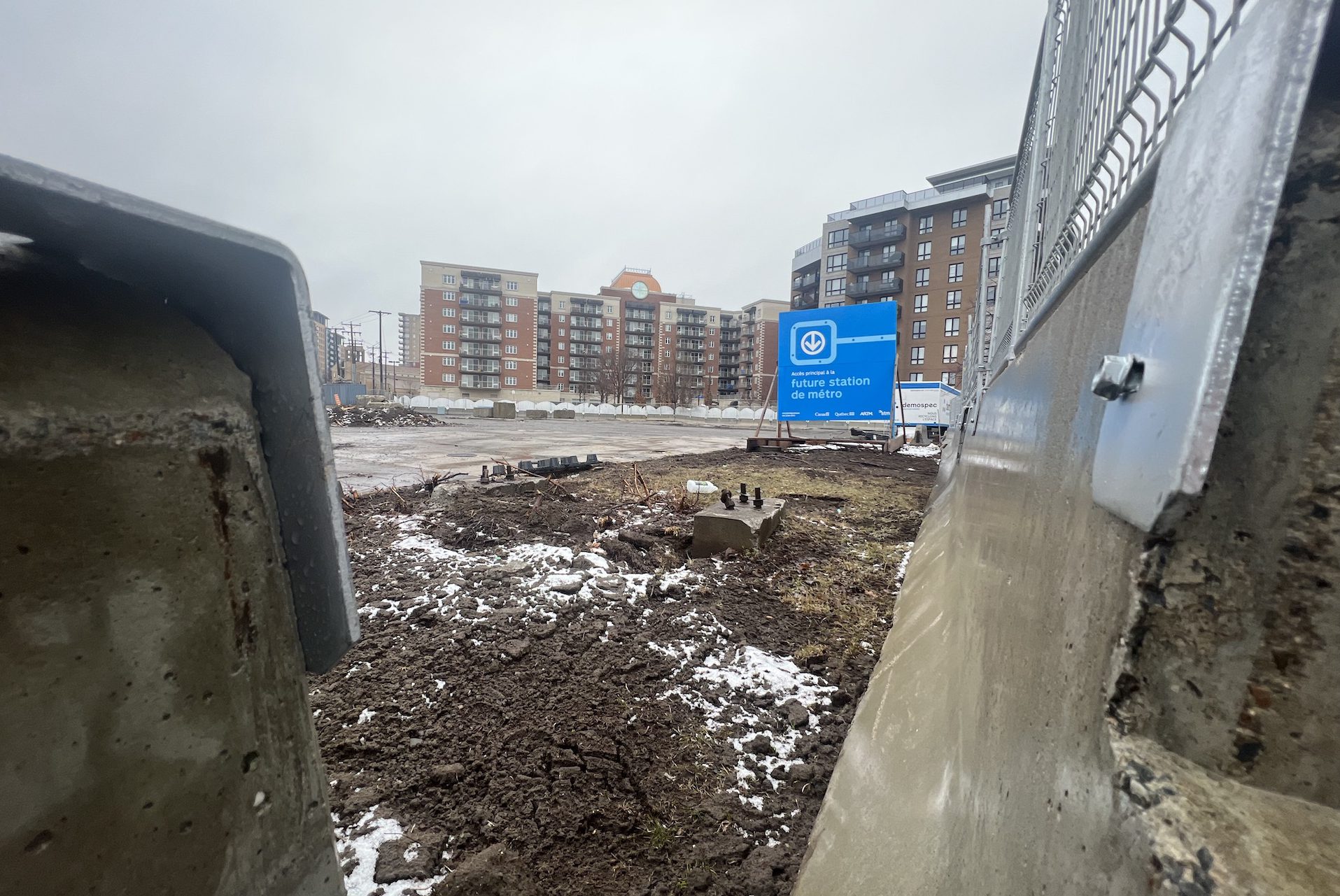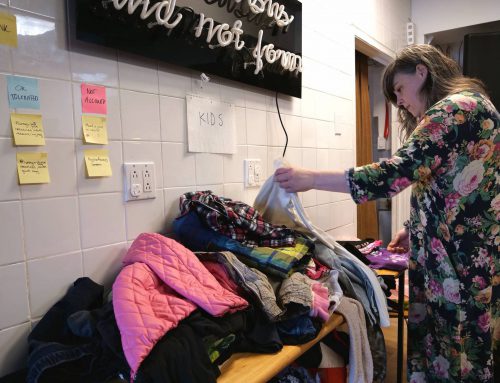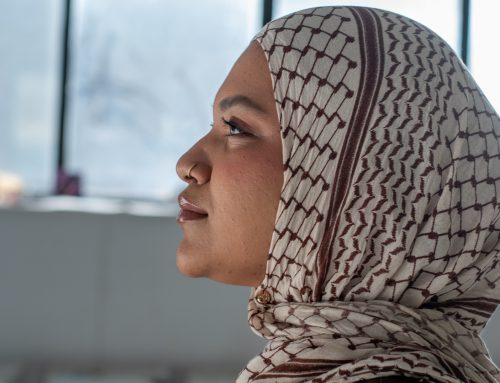BY Joelle Jalbert & Bogdan Lytvynenko
When Concetta Barbieri heads home after a day of classes in downtown Montreal, she can expect to spend at least an hour on public transit..
She has to take either the 32 bus from Cadillac metro, or the 136 from Viau.
“To get from my house to a green line metro, it’s a long bus ride, it’s a good 30 minutes. But to get to what would be the new one would take me half the time,” Barbiera says.
Barbieri, a St-Léonard resident, will be amongst the lucky Montrealers welcoming five new metro stations, as the Société des Transports de Montréal (STM) extends their Blue line. However, she is still questioning how this will affect her commuting time.
“I feel like it’s gonna be less bus ride, but more metro ride with this plan,” she says.
As a Concordia student, Barbieri doesn’t see herself traveling by bus to one of the new stations on the Blue line and then transferring twice to get to the university.
“I feel like if I would have just stayed on the same bus, I feel like it might just come out to the same thing,” she says.
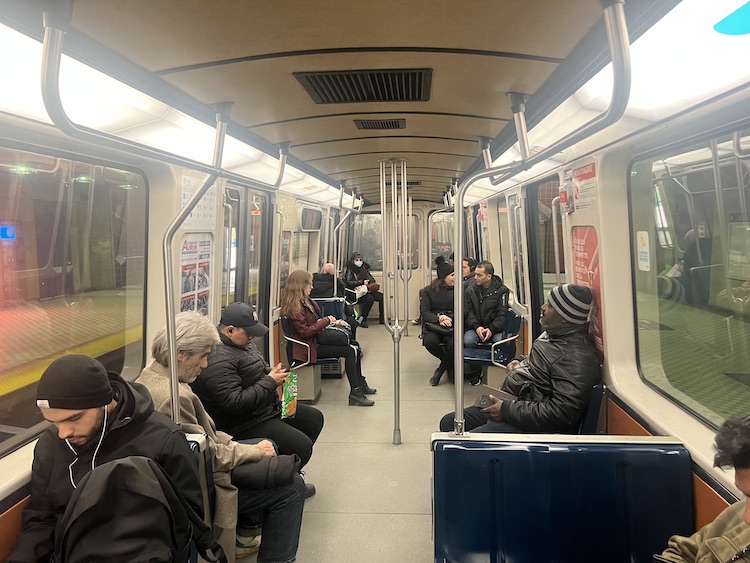
Commuters wait for the metro to leave Saint-Michel station. Photo by Joelle Jalbert.
Philippe Déry, public relations advisor for the STM, says the extension represents an unparalleled opportunity for urban, social and economic development.
“In a few years, a citizen of Anjou will be able to take the metro westbound and take about fifteen minutes to reach the Jean-Talon station, from where they can easily reach the city center via the orange line,” he says.
The STM also continues its steps towards universal accessibility, as Déry says 30 stations should be equipped with elevators by 2025.
Besides extending the Blue line, the STM aims to make the metro more accessible for people with disabilities as it faces a class-action lawsuit. Video by Bogdan Lytvynenko.
Emily D’Agostino now carpools to McGill because of the convenience. Although she lives in Rivière-des-Prairies, D’Agostino has the same issue as Barbieri: long bus rides to the metro. She emphasizes that taking the bus and metro from downtown can take an hour on a good day.
The only advantage D’Agostino sees from the extension of the Blue line is for her commute to her workplace. “It would only make a difference if I was leaving from my work in St-Léonard to go downtown, because there would be a closer metro access from St-Léonard,” she says.
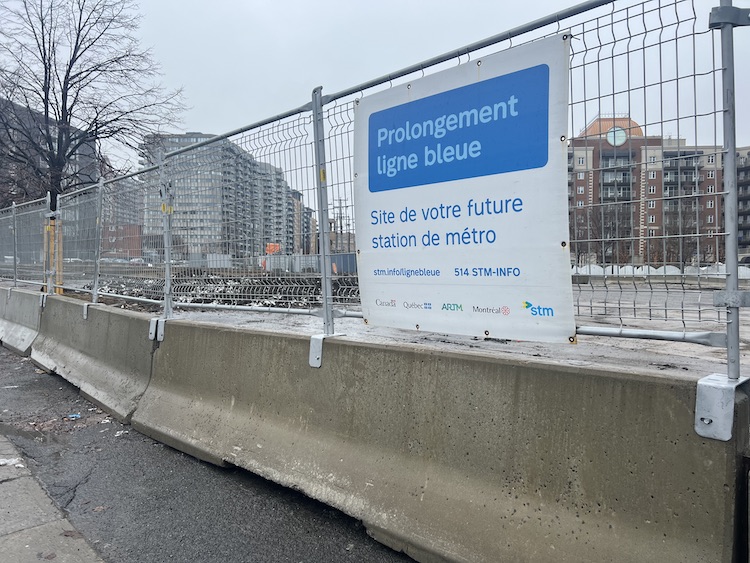
“Everything will be put in place to reduce the nuisance associated with a project of this scale and several communication mechanisms are in place or will be soon,” Déry says. Photo by Joelle Jalbert.
It is hard for residents like Barbieri and D’Agostino to imagine the future of their transit situation, since the project could impact their current bus routes.
There is, however, one problem that I want to point out. There is a fault in the whole design.
Dominic Perri, city councilor for the St-Léonard borough, says the extension of the Blue line will be transformational in many ways.
“Eventually, there has to be new bus routes, of course the whole system has to be readjusted,” he says. “There is, however, one problem that I want to point out. There is a fault in the whole design.”
St-Léonard is divided in two by the Metropolitain Boulevard, with the new stations located on the south of it. Perri points out that to go from the north of the Boulevard to the new stations, public transit users will have to cross that highway. Currently, there are three highway overpasses to access the south of the borough, with the main one located on Lacordaire.
“(The overpass) was never designed for bicycles or pedestrians,” he says.
An overview of the three overpasses in Saint-Leonard to cross the Metropolitain highway. These overpasses were not built for pedestrians or cyclists. Media by Joelle Jalbert.
In March 2022, some of the project’s parameters were revised, but these did not include a pedestrian overpass. The budget was finalized at $6.4 billion.
“Unless we have an enlarged overpass for pedestrians and bicycles, 60 per cent of the population of St-Léonard cannot go to the future metro stations, cannot walk there, cannot go there with bicycles. And to me, that doesn’t make any sense,” Perri says.
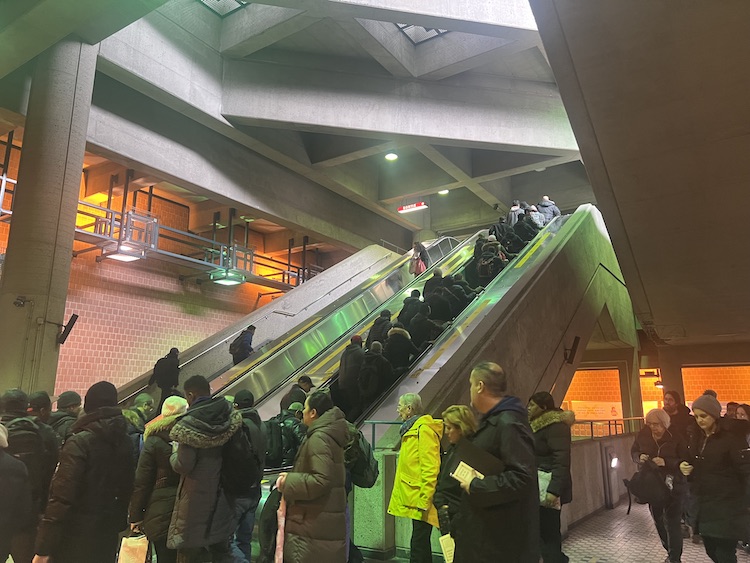
The Saint-Michel station on the weekend. Photo by Joelle Jalbert.
This leaves Barbieri no choice, but to still use the bus system, which she fears will be more crowded with the extension of the Blue line.
“Basically, I feel like even with the Blue line, it’ll still take me an hour to get downtown. While it decreases bus time – truly it will – the metro time will increase. So it comes out to [be] almost the same,” she says.
Perri says a pedestrian overpass is an “absolute necessity” for residents like Barbieri “because the idea is not to build a metro station, where people, not even a kilometer away, have to take their car to go because otherwise they cannot walk.”
As she lives further east, D’Agostino does not see herself changing her carpool plans with the arrival of the new stations. But, she believes the stations will be beneficial for people like herself who do not have cars.
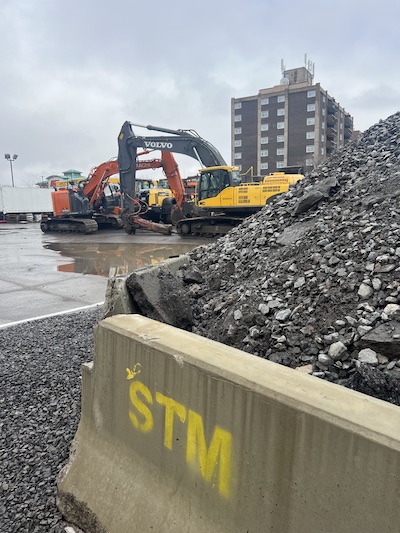
Construction started on the corners of Viau and Jean-Talon. Photo by Joelle Jalbert.
Excavation is scheduled to start at the end of 2023 or beginning of 2024 with a targeted opening date of 2029.
As Déry points out, “When you build a metro, you do it for a useful life of several decades.”
